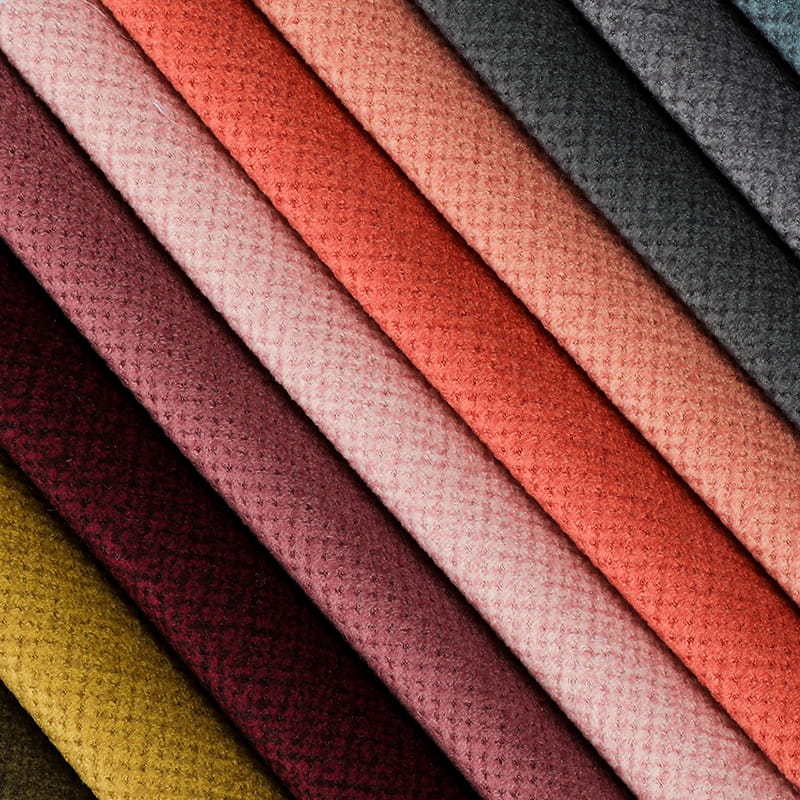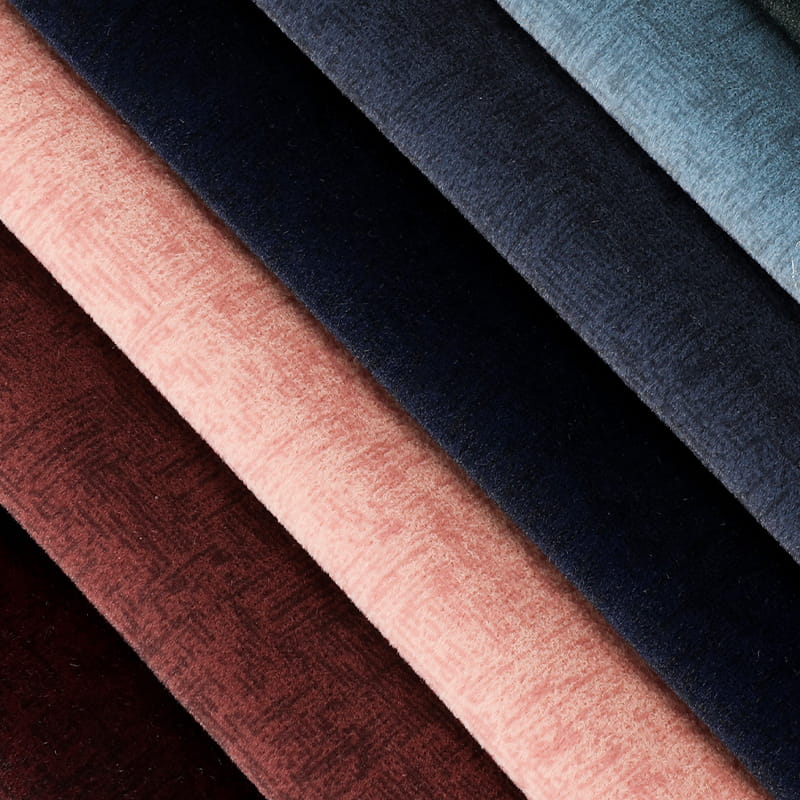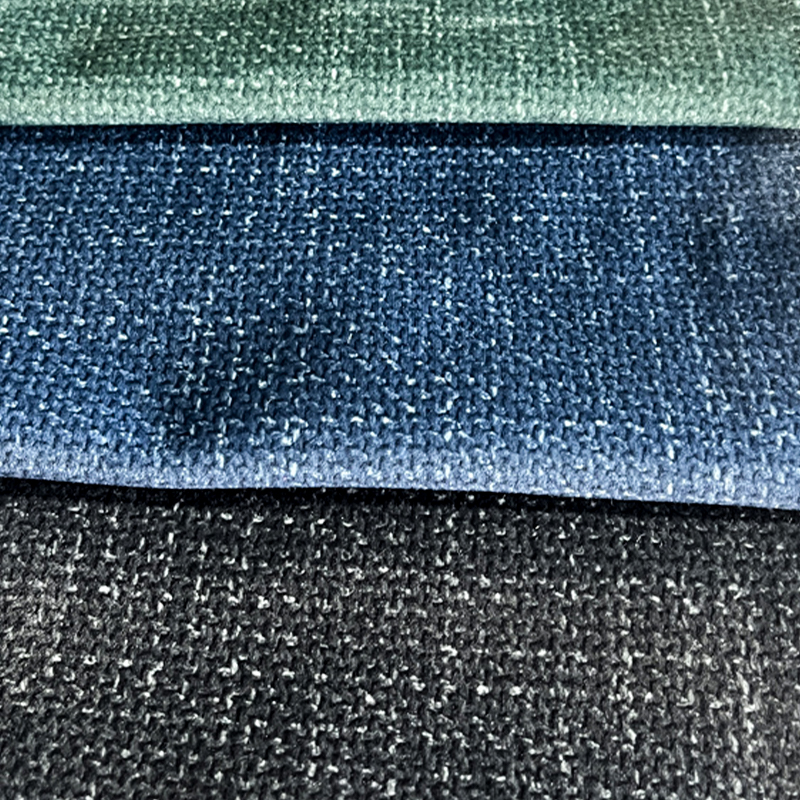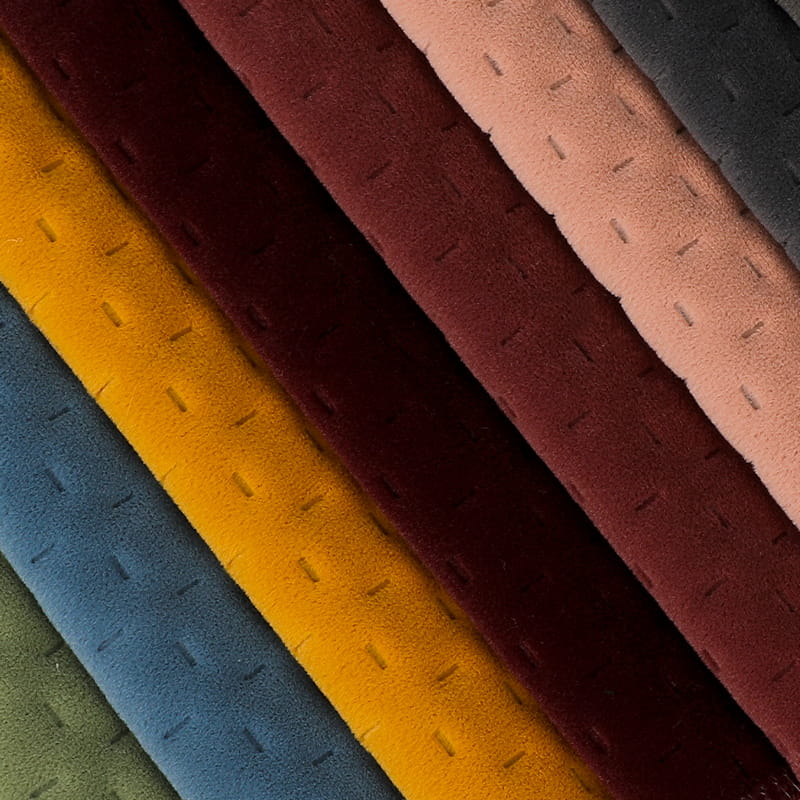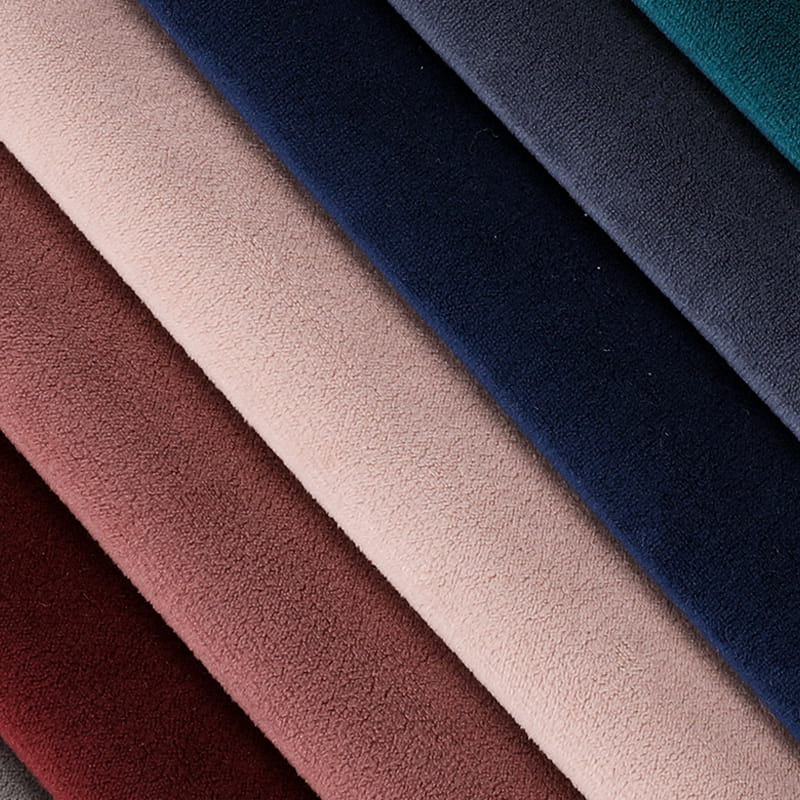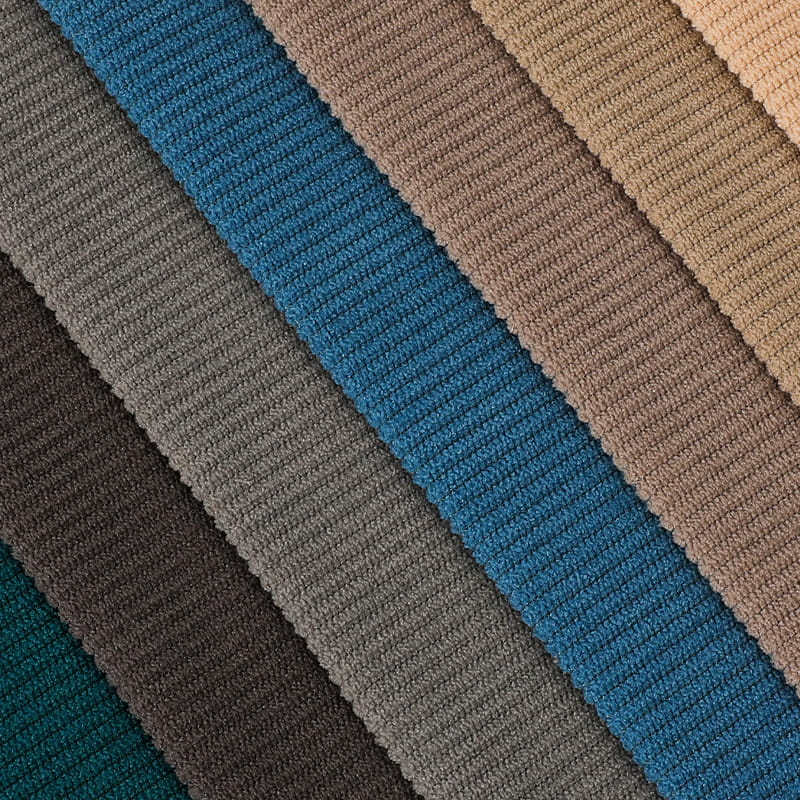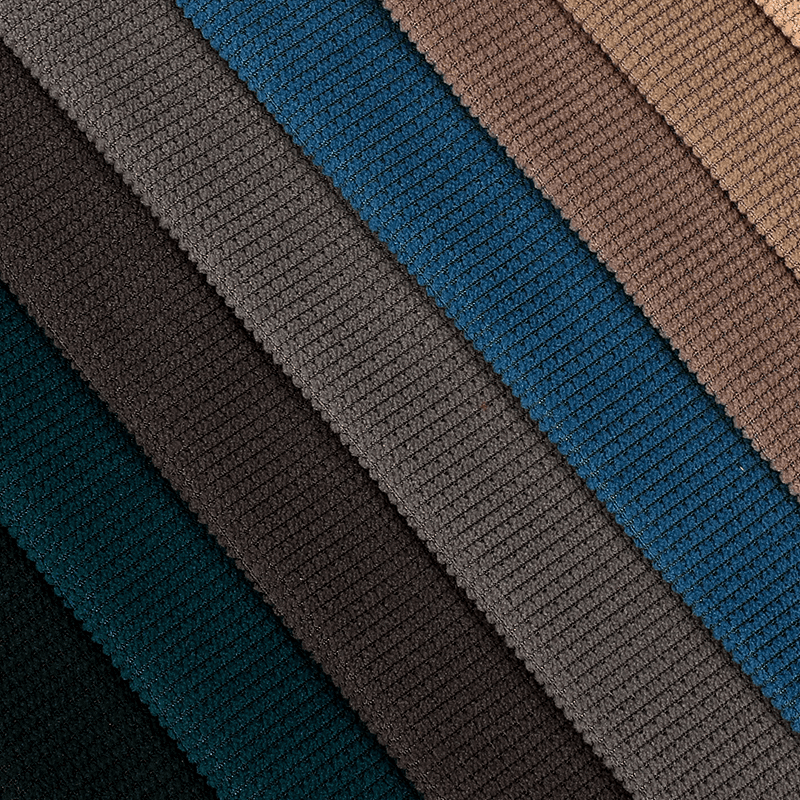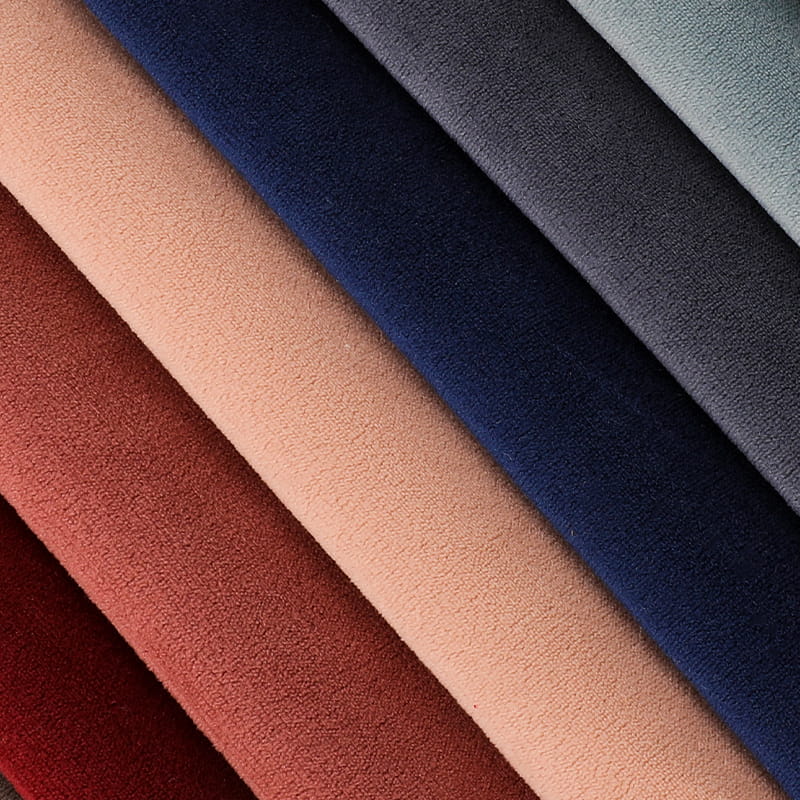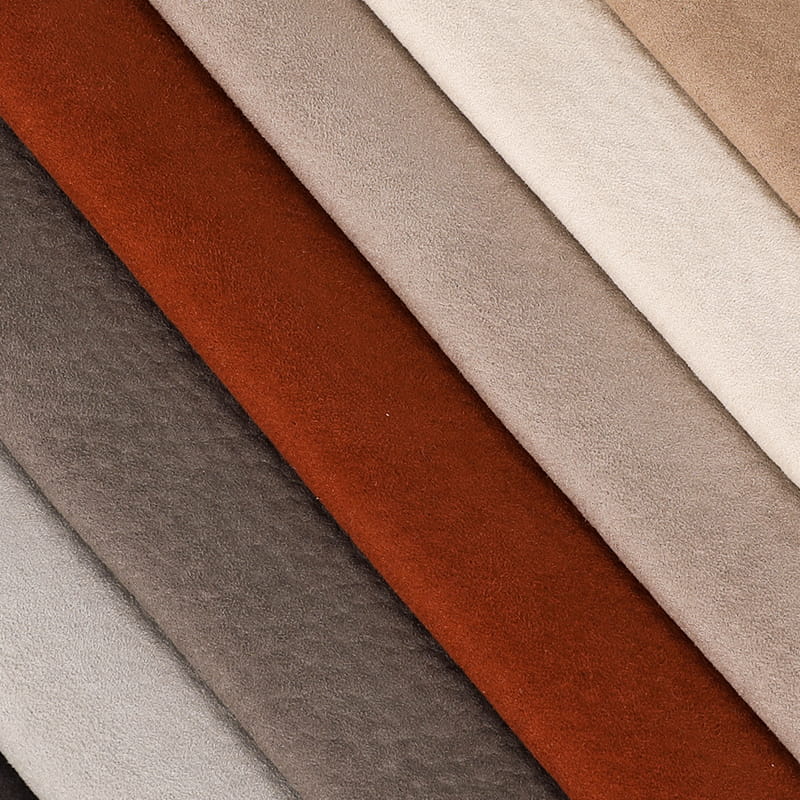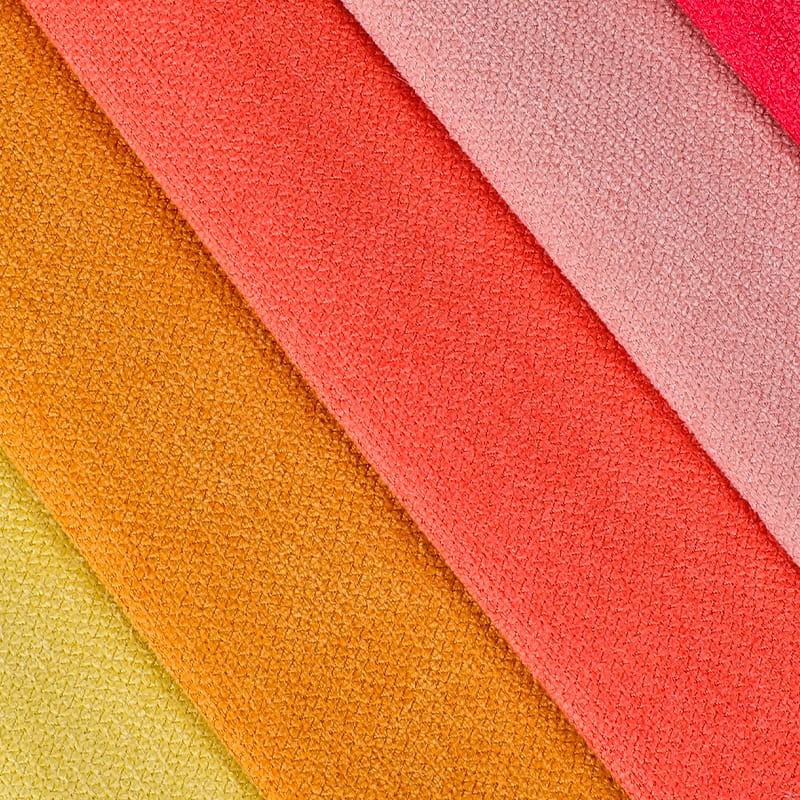In modern living spaces, sofas are one of the most prominent pieces of furniture in the living room. The choice of fabric for sofas is no longer limited to decorative appearance; it has become a key element in soft furnishing design, comprehensively embodying comfort, practicality, and aesthetic value. The material, weave, post-processing technology, and environmental adaptability of sofa furniture fabrics are driving the upgrade of quality and the evolution of consumer trends across the furniture industry.
Multi-Dimensional Performance Development of Sofa Furniture Fabrics
With increasingly refined functional requirements, the performance evaluation system for sofa fabrics has become increasingly complex. In the past, people focused more on color and feel, but now, indicators such as abrasion resistance, stain resistance, breathability, anti-static properties, tear resistance, and even flame retardancy are becoming fundamental criteria in fabric development. High-performance sofa fabrics often utilize high-density composite structures or incorporate technologies such as microfibers, modified polyesters, and functional coatings during the weaving process to meet consumers' dual demands for frequent daily use and easy care.
Some high-end fabrics even incorporate nano-protection and microcapsule technology to enhance their oil and stain resistance by modifying the fiber surface structure and imparting a degree of self-cleaning properties. For families with pets or children, properties such as scratch resistance, anti-scratch properties, and low VOC emissions have become key selling points in brand promotion. This demonstrates that sofa fabrics have evolved from simple textiles to composite materials that integrate functionality and technology.

Material Selection Drives Aesthetic Innovation
The texture and visual appeal of sofa fabrics directly determine the overall style of the living room. In recent years, the popularity of natural textures, matte finishes, and light luxury textures has driven a resurgence in the popularity of fabrics such as linen, velvet, and faux leather. Regarding material innovation, artificial leather achieves enhanced breathability and a delicate feel through improved microporous structures. Plant-dyed pure cotton fabrics are also regaining favor with designers due to their environmentally friendly nature.
In terms of color, soft, natural, low-saturation tones are increasingly popular. The play of light and shadow created by varying weave densities creates rich layers and spatial atmospheres within the same color scheme. Some design brands create unique visual textures through two-color weaving, three-dimensional embroidery, or distressed finishes, making sofas the focal point of any home.
With shifting consumer trends, people are increasingly prioritizing "sensory authenticity" and "style matching" when choosing sofa fabrics. This has prompted manufacturers to invest significant effort in color development and material matching to meet the modern family's pursuit of a light, serene feel, and visual warmth.
Sustainability drives green innovation.
The environmentally friendly nature of sofa fabrics is becoming a key element in branding their commitment to social responsibility. Environmentally friendly solutions such as recycled fiber materials, solvent-free coating technology, water-based dyeing and finishing processes, and low-carbon manufacturing processes are becoming competitive advantages for high-end fabric manufacturers. In developed markets like Europe and the United States, stricter requirements for REACH regulations, OEKO-TEX certification, and carbon footprint control are driving sustainable upgrades across the entire industry chain.
From raw material sourcing to final fabric shipment, green closed-loop design is becoming a crucial path for global home furnishing brands. Consumers' heightened sensitivity to green products also reflects a key direction for the future development of the furniture fabric industry: environmental protection is no longer just a value-added factor, but a fundamental principle. Some emerging brands are reconstructing fibers from recycled materials like ocean plastics and industrial scraps, then weaving them into multi-layer composite fabrics. This results in products that are both environmentally friendly and exceptionally durable.
Craftsmanship details determine market competitiveness.
The craftsmanship of sofa fabrics often determines the overall performance of the final product. From basic spinning to final shaping, each step involves numerous technical details. Variations in weaving methods not only affect the fabric's tightness and stretchability, but also its wrinkle and deformation resistance. Furthermore, finishing processes such as waterproof coatings, softening treatments, and flame retardant spraying significantly enhance the fabric's applicability and lifecycle.

The rise of digital printing and smart jacquard technology has brought more artistic and personalized expression to fabrics, enabling sofa products to achieve differentiation and unify brand identity. Some brands are also integrating AR design software to enable online try-on of sofa fabrics, providing consumers with a more customized and immersive experience.
In future industry competition, fabric brands that can seamlessly integrate technology, environmental protection, aesthetics, and user experience will have greater market dominance. Companies that continue to work hard on supply chain integration, rapid response capability improvement, and digital fabric management will also stand out in the global furniture fabric market, pushing sofa furniture fabric from a supporting role to a leading role, and becoming one of the core souls of the home space.



 English
English Español
Español